Editor’s Note: FijiGuide is grateful to the late Dr. Albert Schutz for providing this chapter from his book, Discovering Fijian: First Impressions from Explorers, Traders, and Missionaries. On this page Dr. Schutz discusses the origin of the word “Fiji”. Interestingly enough its origins are actually Tongan. (More on the origin of the word “Fiji” below).
and provides readers with the genesis of his seminal work, Fijian Reference Grammar.
In addition to the word lists per se, other sources for early transcriptions of Fijian words are place names & personal names written in the various accounts. Even though it was the rare captain or clerk who obliged us by collecting vocabularies, many of the other ships’ logs of this period do yield a few Fijian words among their more mundane contents. Because the official charting of Fijian waters came later, most of the island names are Fijian, not English.
As for their sources, many of these proper names were learned by Europeans from other Europeans (contrasting with the usual method of collecting a word list directly from the islanders themselves). As a result, their spellings can wander widely from the target. But they do reflect early impressions of Fijian words. That’s where the origin of the word “Fiji” comes into play…

So what is the origin of the word “Fiji”?
Even the word “Fiji” is an approximation. Moreover, it is not based on a Standard Fijian pronunciation. Spelled in a variety of ways at first, it stems from the Tongan word for Viti: now spelled Fisi, but at that time, pronounced [fiči]. Because the [č] is relatively unaspirated, speakers of English heard it as [ǰ] and wrote it as j or g.
These first reports on the Fijian language are not as isolated from each other as we might think if we merely looked at the items on a bibliography. Instead, some of the earlier lists served as a foundation for the later ones, and the people who were in Fiji earlier passed on useful information to those who came later. Still, compared with the later efforts of the Wesleyan missionaries, all of the work done on the language before 1835 merely scratched the surface. In spite of the efforts of a succession of visitors, the language was still largely unrecorded.
Notes on the genesis of Fijian Reference Grammar
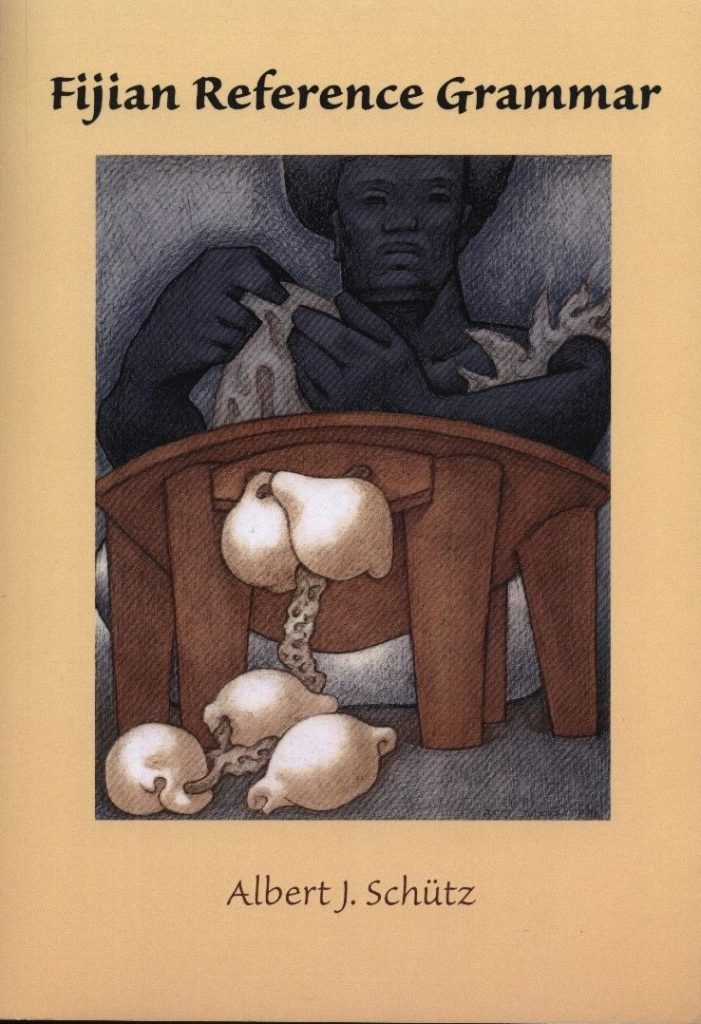
Fijian Reference Grammar had its beginnings at a conference at the University of the South Pacific in Suva in 1971. The sponsorship by the movie and television actor Raymond Burr began with this meeting and lasted through the training period for two Fijians at the University of Hawai‘i at Mānoa and the first few years of actual work at the Fijian Dictionary Project in Suva.
At this conference, the mainly Fijian majority voted for a monolingual dictionary—that is, Fijian words defined in Fijian without an English bridge to understanding. Also, I was chosen to be Director, a position I held until about the end of that decade, when I suggested that Tevita R. Nawadra, the Editor, should take over. The next Director was one of the staff, Paul Geraghty, who had trained in linguistics at Cambridge and Hawai‘i, and had native-speaker command of Fijian, as well as a broad knowledge of many of the other languages/dialects of the area.
In addition to helping with the grammatical organization of the dictionary, I wanted to write a new grammar that would mesh with some of the features of the dictionary. The main reason was that none of the three major twentieth-century works—from 1941, 1956, and 1962—was adequate as a reference grammar. The project office was the ideal place to study Fijian grammar: four native speakers worked there, as well as Geraghty, who had a growing knowledge of local languages in addition to his linguistic training. Among the many benefits of working there was the ease of conferring with the staff or conducting informal tests for language use. For example, one of these asked the question: “How many people are actually included when speakers use the trial (3) pronouns?” (To find the answer, use the index in Fijian Reference Grammar!)
Another advantage was the growing body of file slips showing vocabulary and usage. In addition to transcribing spoken data, the staff combed through printed material—notably from the two Fijian-language newspapers still being published. Obviously the 1941 dictionary (a hastily updated edition of Hazlewood’s 1850 work) was short on borrowed words. The additions found were vital, not only for a dictionary that reflected current usage, but also for an extensive study I did (1978) on the changes involved in adapting an English word to fit Fijian patterns.
The result of my side of this partnership was The Fijian Language, published in 1985—some 700 letter-sized pages printed with dot-matrix type, the state of the art then. After this work became out of print, I revised it, now working with advanced computer and printing techniques. Amazon’s CreateSpace was the vehicle for the print-on-demand end product. So that the book could be kept to a manageable size (500 8 x 10 pages), I deleted from the 1985 edition the historical chapters and the appendix (an annotated reproduction of twenty pre-missionary word lists), which—with some changes and additions—will appear as Discovering Fijian: Early Impressions from Explorers, Traders, and Missionaries. (Six chapters of this work are featured on this website).
About the Author
 The late Albert J. Schütz was Professor Emeritus of Linguistics, University of Hawai‘i at Mānoa and had been engaged in Fijian language research since 1960. His first fieldwork, for a dialect geography, involved collecting and analyzing data from 105 villages. In 1971 he was appointed Director of a monolingual dictionary project in Suva, a position he held until 1979. With the help and advice of the dictionary staff, he continued to work on a grammar, The Fijian language, the predecessor to the present work. Dr. Schütz had published 40 books, monographs, articles, and reviews dealing with the Fijian language, its history, phonology, grammar, and dialects. He developed materials for workshops and, along with Rusiate T. Komaitai, language materials for the Peace Corps. He will be missed.
The late Albert J. Schütz was Professor Emeritus of Linguistics, University of Hawai‘i at Mānoa and had been engaged in Fijian language research since 1960. His first fieldwork, for a dialect geography, involved collecting and analyzing data from 105 villages. In 1971 he was appointed Director of a monolingual dictionary project in Suva, a position he held until 1979. With the help and advice of the dictionary staff, he continued to work on a grammar, The Fijian language, the predecessor to the present work. Dr. Schütz had published 40 books, monographs, articles, and reviews dealing with the Fijian language, its history, phonology, grammar, and dialects. He developed materials for workshops and, along with Rusiate T. Komaitai, language materials for the Peace Corps. He will be missed.
©2022 Dr. Albert J. Schütz
References
[25] Clunie 1984:52.
[26] Clunie 1984:52.









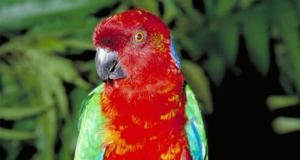


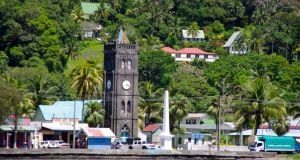










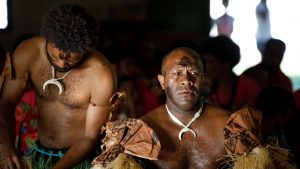
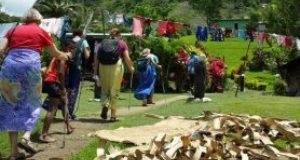

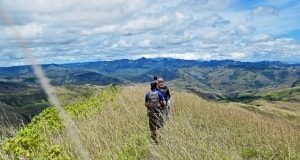









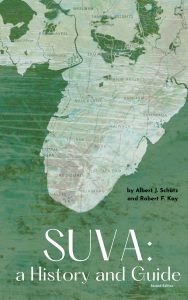
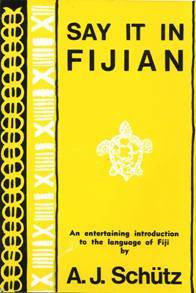

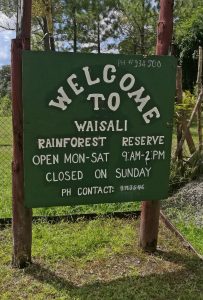

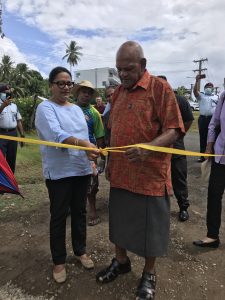

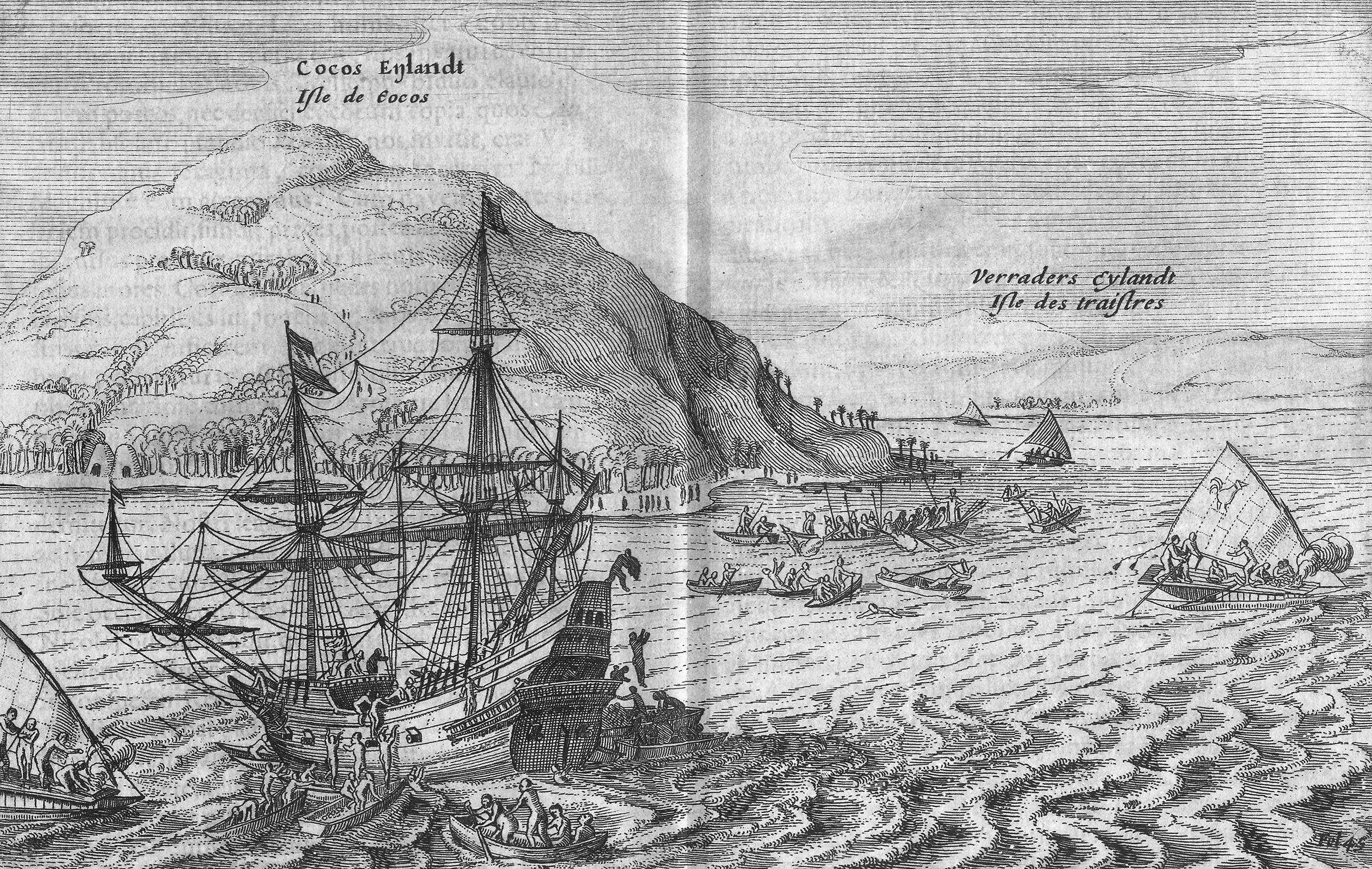
Leave a reply